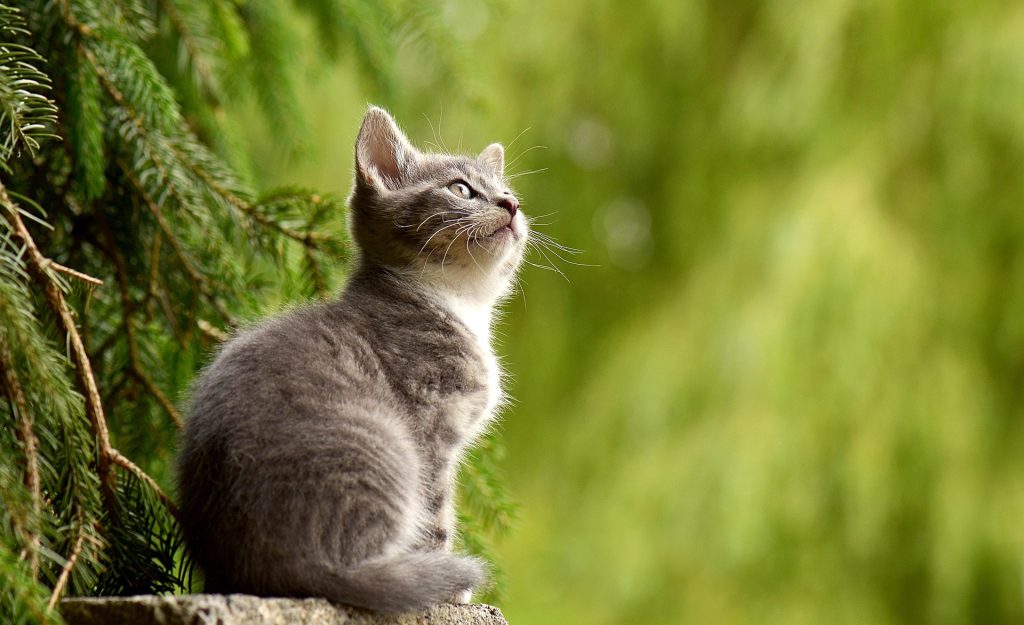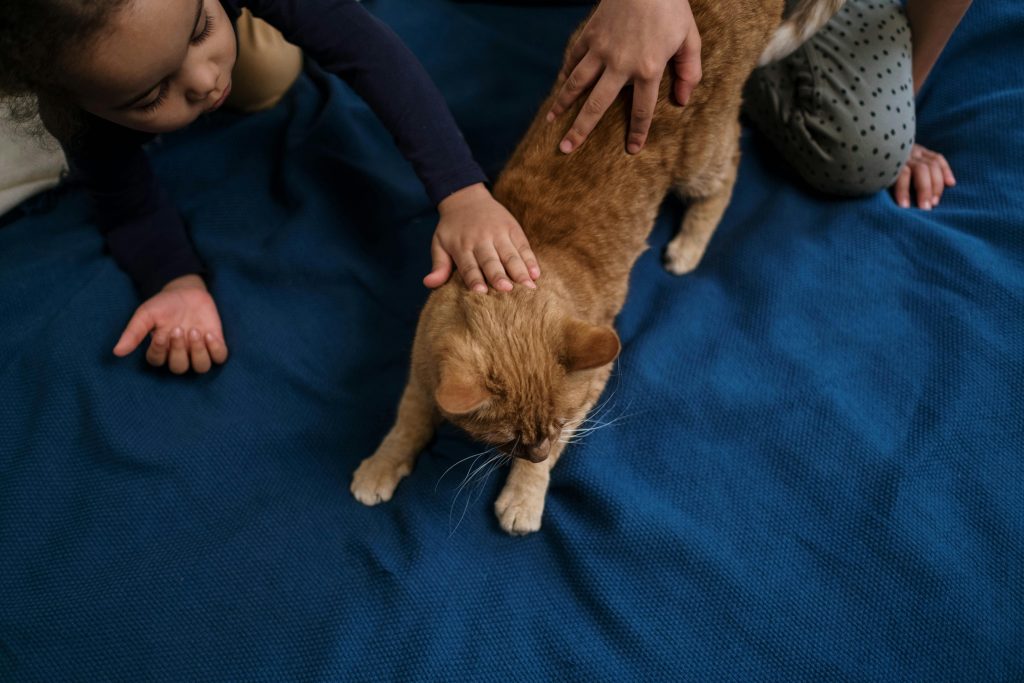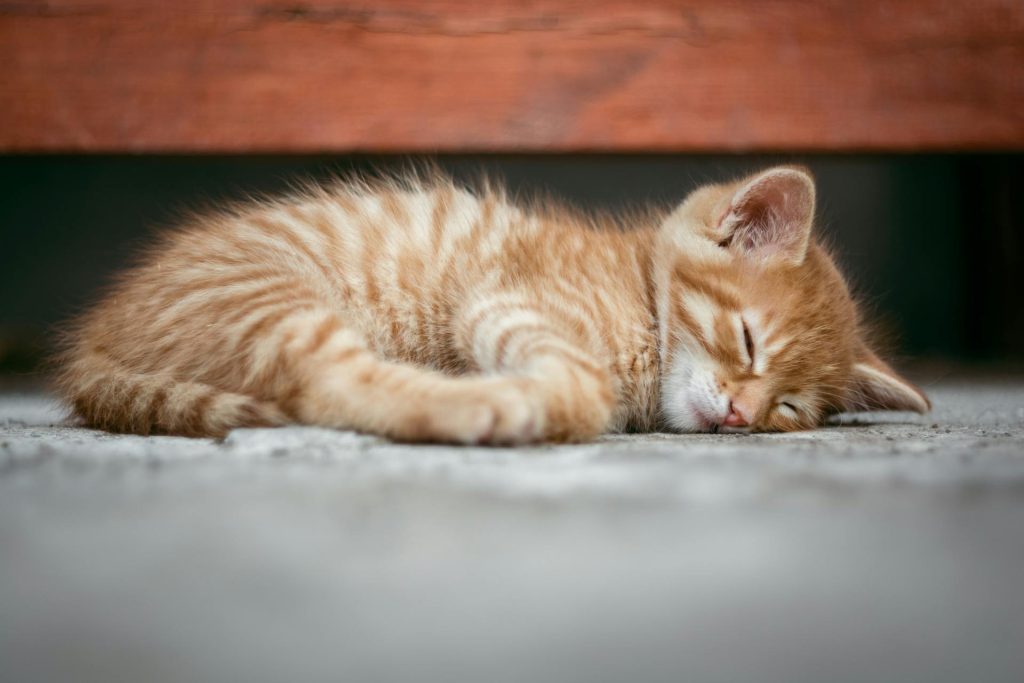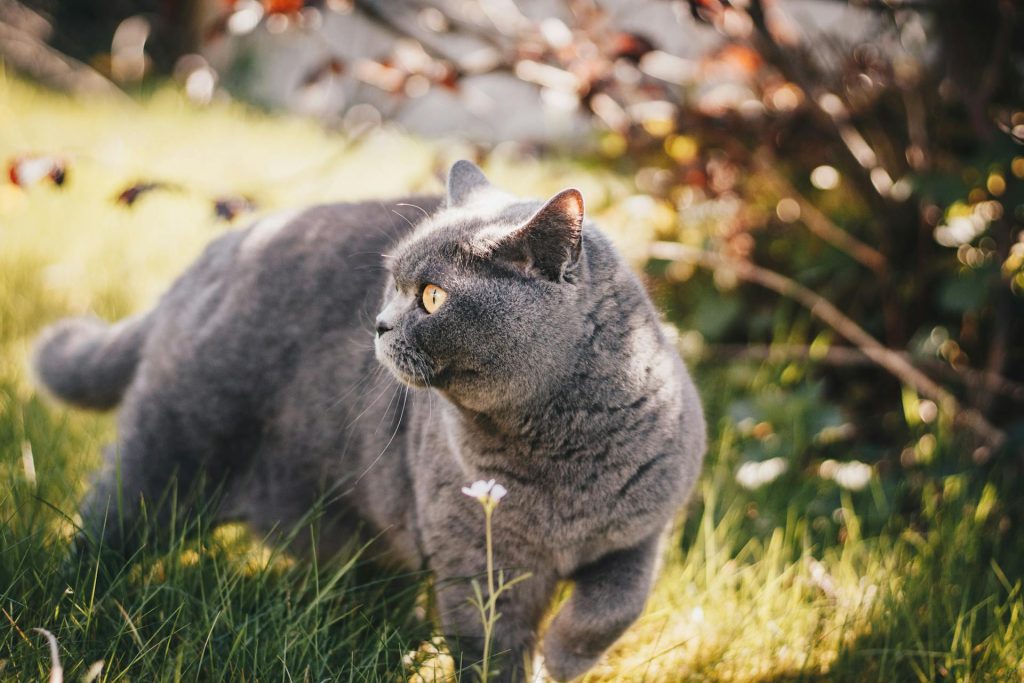Unlock the mysteries of your cat’s purr! Discover the surprising science, emotional depth, and hidden health clues behind those soothing vibrations. Learn how to understand your feline friend truly.

There’s something incredibly comforting about the soft, rhythmic purring of a cat nestled comfortably in your lap. Many cat owners enjoy this soothing sound, assuming it simply means their feline friend is content. But is that always true? Interestingly, cats don’t only purr when they’re happy—they purr for a variety of fascinating reasons. In this article, we’ll uncover the science behind purring and explore what your cat might be trying to tell you.
The Science Behind Cat Purring
Cats produce their signature purring sound through rapid muscle movements in their voice box, specifically the laryngeal muscles. These muscles contract and relax quickly, causing vibrations as cats breathe in and out, creating a gentle rumble typically ranging from 25 to 150 Hertz. But why does this frequency matter?
Scientists have discovered that these particular frequencies might have incredible healing benefits, including:
- Ease pain and stress: Imagine a natural, built-in massage therapist!
- Boost bone and tissue repair: Helping them recover faster from injuries.
- Reduce inflammation and swelling: Nature’s anti-inflammatory medicine.
A Healing Mechanism?
Interestingly, studies suggest that the vibrations generated during purring might stimulate a cat’s natural healing processes, helping injured cats recover more rapidly. This could explain why cats often purr when injured, sick, or stressed.
Why Do Cats Purr? 5 Key Reasons Explained
While purring is often associated with happiness, your cat’s purring can communicate a range of emotional and physical states:
1. Expressing Contentment
The classic happy purr. Think sunbeams, cozy laps, and a general feeling of well-being. It’s their way of saying, “Life is good!”. The steady, rhythmic purring typically indicates pure contentment and relaxation when your cat is curled up beside you or basking in the sunlight.
2. Communication and Bonding
Kittens start purring at just a few days old, signaling their well-being to their mother. Adult cats continue this behavior, using purring to communicate affection and comfort to other cats and their human companions.
3. Self-Soothing Behavior
Cats often purr to self-soothe, particularly during stressful situations like visits to the vet or car rides. Think of it as a feline coping mechanism, similar to how humans hum or sing when nervous.
4. Physical Healing
Remarkably, the vibrations from purring may help injured or sick cats heal more quickly. This self-healing ability can speed recovery from fractures, sprains, or muscle injuries.
5. Seeking Attention or Care
Sometimes, cats will purr to get your attention—especially when they’re hungry or desire affection. Some cats even use a special purr, mixed with a high-pitched sound similar to a baby’s cry, specifically designed to trigger human nurturing instincts.

Common Myths About Purring: Separating Fact from Fiction
While cat owners typically associate purring with happiness, it’s essential to debunk a few myths:
- Myth: Cats only purr when happy.
Truth: They also purr when stressed, in pain, or even when they’re dying. - Myth: All cats purr the same way.
Truth: Purrs can vary greatly depending on a cat’s emotional state. - Myth: Only domestic cats purr.
Truth: Other feline species like cheetahs and bobcats purr too, but large cats like lions and tigers do not.
How to Decode Your Cat’s Purr
Understanding your cat’s purr involves observing both context and body language:
- Body Language Clues:
Relaxed posture, closed eyes, and gentle kneading usually mean your cat feels safe and comfortable. However, tense muscles, flattened ears, and dilated pupils might indicate anxiety or discomfort. - Listening to the Purr:
Smooth, consistent purrs typically indicate contentment. In contrast, louder, irregular, or higher-pitched purrs can indicate stress, discomfort, or pain. - Context Matters:
If your cat purrs during petting, they’re probably content. But purring at unusual times or when acting differently may suggest anxiety or illness.
When to Seek Veterinary Help
If your cat’s purring behavior suddenly changes or is accompanied by lethargy, reduced appetite, or other worrying signs, consider consulting a veterinarian promptly.
How to Respond to Your Cat’s Purring
- Positive Reinforcement: Encourage happy purring with affection and treats.
- Calm Environment: Provide quiet, comfortable spaces if you notice stress-related purring.
- Veterinary Care: Don’t hesitate to seek veterinary assistance if the purring seems related to pain or illness.
Cat purring is a fascinating, multifaceted behavior that extends beyond simple happiness. The purr is more than just a sound; it’s a lifeline to your cat’s inner world. By understanding the nuances of their purrs, you’ll not only strengthen your bond but also become a better caregiver, able to respond to their needs with greater empathy and understanding. The next time you hear that comforting rumble, you’ll appreciate it on a whole new level.
Enjoyed learning about your feline friend? for more expert cat-care tips and insights!

